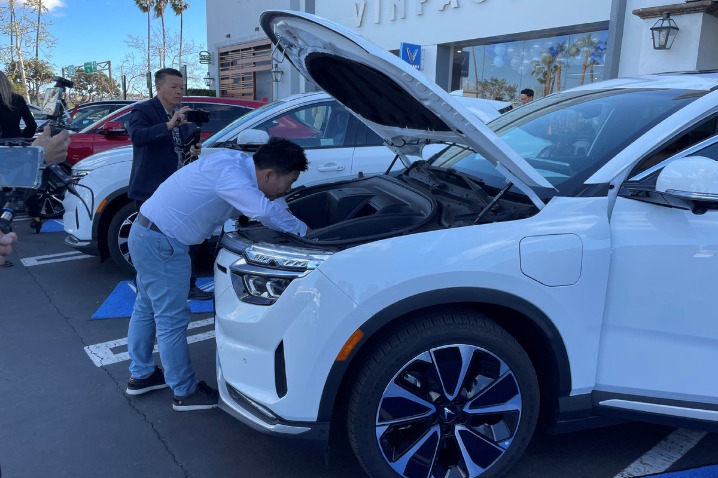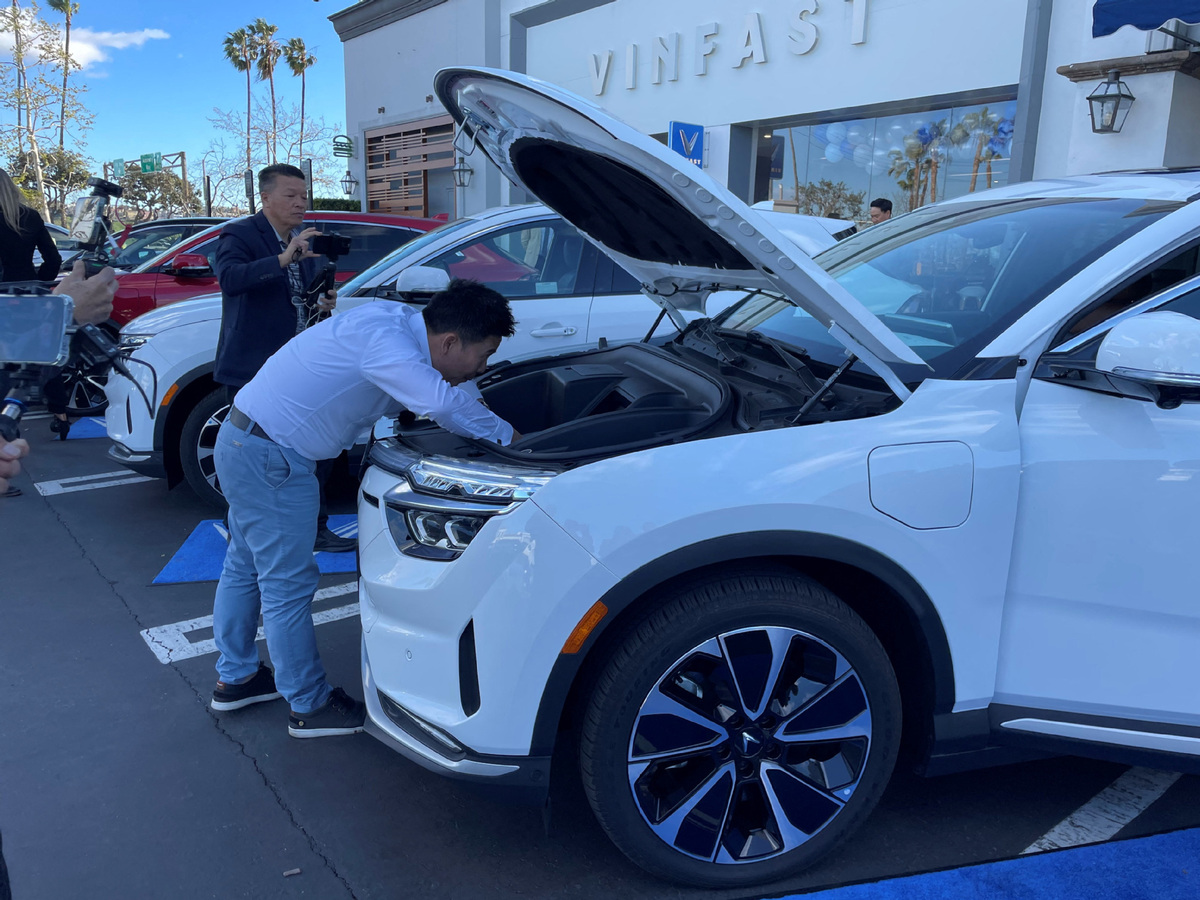Buying a car has long been considered one of the most expensive purchases a consumer can make.
That’s never been truer than now, as many Americans pay $1,000 or more a month on car loans, while the loan default rate in January topped 20 percent.
High inflation, rising interest rates and the effect of the pandemic on supply chains have been factors. Automakers also had to cut production due to a global shortage of microchips.
The average interest rate on new cars rose to 6.9 percent in January from 4.3 percent a year earlier, according to Edmunds, an online resource for inventory and information. automobiles
The cost of new vehicles has risen 20 percent since the start of the COVID-19 pandemic, while the cost of used vehicles is still rising 37 percent even after an easing in the fall, according to Bloomberg News.
“With new car prices as high as they are, it’s getting harder and harder for most Americans to afford those payments,” Edmunds chief information officer Ivan Drury told Fox Business. “It just becomes something where even if it’s affordable for you today, is it going to be affordable in the future? That’s where we’re seeing recoveries happen.”
In January, the delinquency rate on auto loans 60 or more days past due rose 2% and rose 20.4% from a year ago, according to Cox Automotive, which describes itself as a service provider of vehicle remarketing, digital marketing, and software for automotive dealers and consumers.
Of delinquent auto loans, 1.89 percent were seriously delinquent, up from 1.84 percent in December and the highest since 2006, Cox found.
“Because these car loans are generally unaffordable at first, this means that every month, borrowers get closer to the financial advantage,” Kathleen Engel, a law professor at Suffolk University, told the website financial
Car loans with terms of seven and eight years are becoming more common in the US. Six-year loans are currently the most popular, accounting for nearly 40 percent of new loans, according to motor1.com.
Donald Grimes, an economist at the University of Michigan, told National Public Radio that “real dollar spending on new cars and trucks has increased by $5,299 over the past 10 years, while annual real wages have increased by $3,646 “.
Greg McBride, chief financial analyst at Bankrate, said that “unlike a credit card when you can dial in and make the minimum payment, there’s no wiggle room on a $700 payment.”



